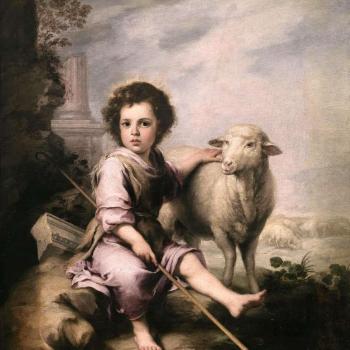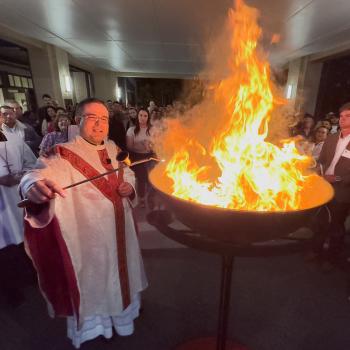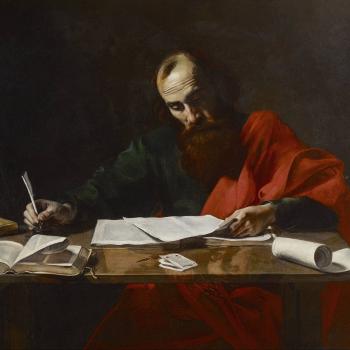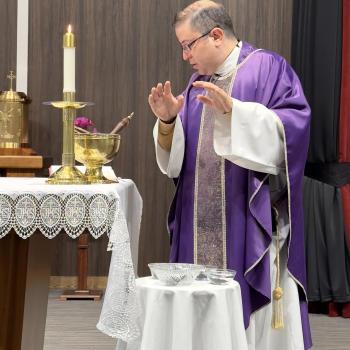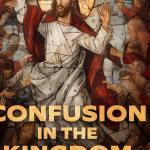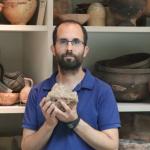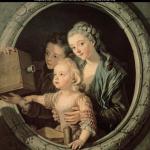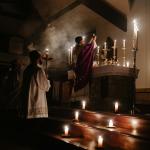On October 1963 in the midst of the Second Vatican Council, the New York Times ran the headline, “Council Votes to Downgrade Mary.” The truth was far from it, yet unfortunately most people received news about the council through the lenses of the media. The Council had not voted to downgrade Mary, but had voted to insert its writings on Mary into the document on the Church, Lumen Gentium, rather than dedicating a document exclusively to her.
Marian devotion at the opening of the Council was at a high point. It had not been very long since the proclamation of the dogmas of the Immaculate Conception and the Assumption. Marian Congresses held throughout the world since 1895 had become points of theological discussion and expressions of Marian devotion. The Council spoke favorably of Marian devotions, but did not mention any by name apart from a footnote where the ancient Sub Tuum Praesidum prayer was noted. The Council did not explicitly mention the rosary, the scapular, Marian apparitions or shrines as examples of expressions of the veneration of Mary, which led many to believe the Church was abandoning these traditional Marian devotions.
With the Feast of Our Lady of the Rosary approaching on October 7th, it is sad to recognize that after the Second Vatican Council devotion to the Mother of God entered a crisis. An elderly priest told me how when he was in seminary in the 1960s a priest tore apart a rosary at the pulpit explaining that the rosary was something of the past. Unfortunately after the Council, some clergymen and faithful considered the rosary an old and pious activity that had no place in the modern Church. It was discouraged in many seminaries.
As early as September 1966, Pope Paul VI in Christi Matri Rosarii wrote emphasizing the importance of the rosary stating, “the Second Vatican Ecumenical Council, not explicitly, but quite clearly none the less, strongly recommended the Rosary to the souls of the sons of the Church in this statement, ‘they should consider of great importance the practices and exercises of piety toward her [Mary] recommended by the Magisterium of the Church over the course of the centuries.’” The Council Fathers may have had the rosary in mind when speaking of these practices, but since it was not explicitly mentioned, some, who probably for other reasons wished to see the rosary wither away, found an opportunity to argue against it.
In 1974, Paul VI in the Apostolic Exhortation Marialis Cultus identified recent changes in society that had affected manifestations of religious sentiment. He wrote that certain acts of piety that were once suitable were now inadequate or unsuitable due to new social and cultural patterns. He continued by listing and explaining Marian liturgical feasts and finally presented the Angelus and the Rosary as two appropriate expressions of Marian piety in modern times.
Pope John Paul II dedicated his pontificate to the Blessed Mother, taking as a motto “Totus Tuus Maria.” Truly a Marian Pope, in his 2003 Apostolic Letter Rosarium Virginis Mariae he declared the Year of the Rosary and gave the Church the five luminous mysteries of the Rosary.
After going through a crisis after the Second Vatican Council, Marian devotion has made a strong return especially through the careful guidance of the Popes who have continued to lead the church to the Mother of God. Pray a Rosary on October 7th, it seems to be the most appropriate way to celebrate the feast of Our Lady of the Rosary.







